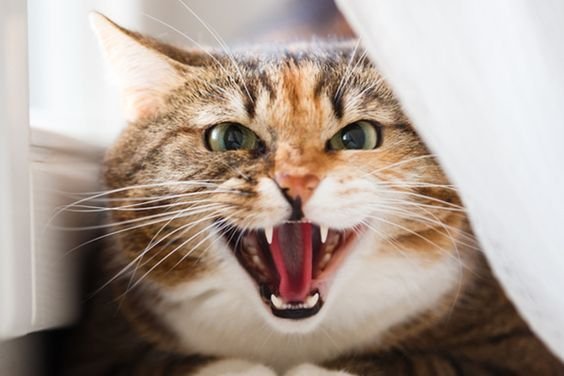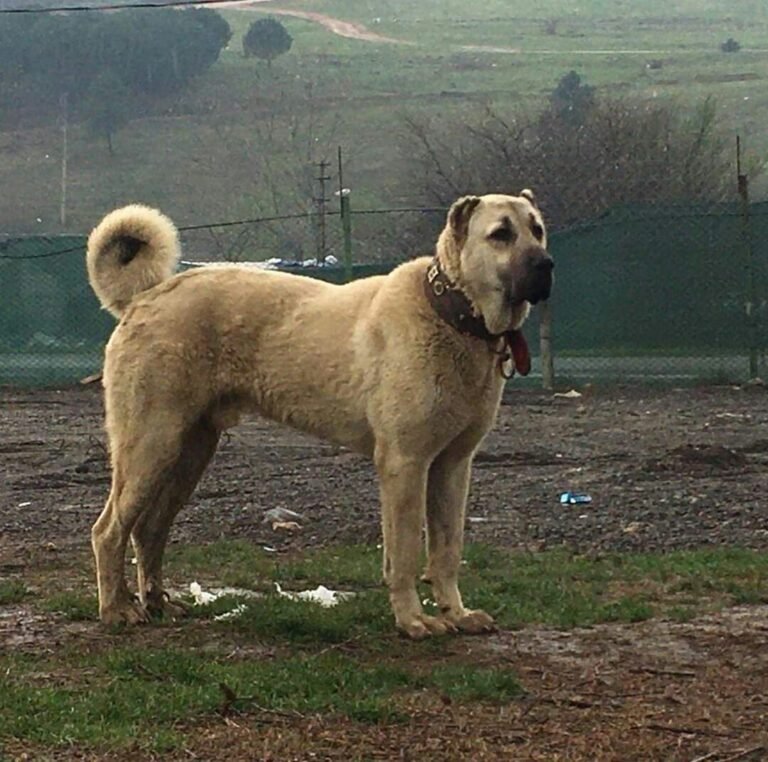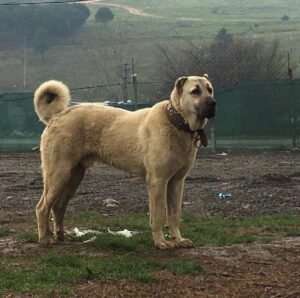
Cats have always fascinated us with their grace, independence, and enigmatic nature. We love learning about their behaviors, favorite toys, and nutritional needs, but have you ever wondered how many teeth a cat has? Just like humans and other animals, cats also have a set of teeth that play a crucial role in their overall health and well-being. In this blog post, we will dive into the fascinating world of feline dental anatomy and explore the question, “How many teeth does a cat have?” So, let’s embark on this enlightening journey together!
Understanding a Cat’s Dental Anatomy

Before we unveil the exact number of teeth that adorn a cat’s mouth, let’s first understand the basics of their dental anatomy. Like humans, cats are diphyodont, meaning they possess two sets of teeth throughout their lives. From kittenhood to adulthood, cats experience dental changes that mirror their growth and development.
The Basics of Cat Teeth
A cat’s teeth are specifically designed to suit their dietary needs as obligate carnivores. Their teeth are specialized for tearing and shredding meat efficiently. While humans have a mixture of tooth types in their mouth, cats have only one type of tooth structure, known as heterodont. This means that all of their teeth share a similar appearance with sharp, pointed crowns and fang-like shapes.
Types of Cat Teeth
Now, let’s take a closer look at the different types of teeth present in a cat’s mouth:
- Incisors: Located at the front of the mouth, incisors are small, flat teeth that help cats grip and nibble their food.
- Canines: Also known as fangs, canines are the long, pointed teeth located on the sides of a cat’s mouth. These teeth are key for capturing and holding prey.
- Premolars: Behind the canines, premolars have a flatter surface and assist in slicing and shearing food.
- Molars: Positioned at the back of the mouth, molars aid in crushing and grinding food.
Dental Formula of Cats
A dental formula is a numerical system used to represent the number and types of teeth present in each half of an animal’s mouth. For cats, the dental formula is as follows: 2(I 3/3 C 1/1 P 3/2 M 1/1). Let’s break it down:
- Incisors (I): Cats have a total of 6 incisors in the upper jaw (3 on each side) and 6 incisors in the lower jaw (3 on each side).
- Canines (C): There is 1 canine tooth per side in both the upper and lower jaw.
- Premolars (P): In each half of the mouth, cats possess 3 premolars on the top and 2 premolars on the bottom, resulting in a total of 6 premolars.
- Molars (M): Finally, cats have 1 molar on each side of both the upper and lower jaw.
Now that we have a solid understanding of a cat’s dental anatomy, let’s move on to explore the specific number of teeth an adult cat possesses.
The Number of Teeth in an Adult Cat
Just like humans, cats also go through dental changes as they grow from adorable kittens to graceful adult felines. Let’s take a closer look at the dental journey of a cat.
Kitten Teeth vs. Adult Cat Teeth
When kittens are born, they do not have any visible teeth. However, within the first few weeks of their life, deciduous teeth, also known as milk teeth or baby teeth, start to emerge. Kittens typically develop their baby teeth by the time they are 2-4 weeks old. These temporary teeth aid them in eating solid food as they transition from nursing to a solid diet.
A cat’s baby teeth serve their purpose for several months until their adult teeth start to erupt, usually around 3-7 months of age. As the adult teeth push through the gums, they gradually replace the milk teeth, resulting in the shedding of the kitten teeth. By the time a cat reaches adulthood, they will have a permanent set of teeth.
An adult cat, on average, possesses 30 permanent teeth in their mouth. However, this number can vary slightly among individuals. The dental formula we discussed earlier gives us a total of 30 teeth, considering both sides of the mouth.
Dental Issues in Cats
Cats, just like any other living being, can encounter dental problems throughout their lives. Ignoring dental care can lead to discomfort, pain, and even systemic health issues. Let’s explore some common dental issues that can affect our feline friends and understand why taking care of their dental health is crucial.
Common Dental Problems in Cats
- Periodontal Disease: This is the most prevalent dental issue among cats. Periodontal disease occurs when plaque and tartar build-up on the teeth, leading to gum inflammation, tooth decay, and potential tooth loss.
- Tooth Resorption: Also known as cavities of the cat, tooth resorption is a painful condition where the tooth structure breaks down, exposing the sensitive inner layers. This condition can lead to severe discomfort and difficulty eating.
- Gingivitis: Gingivitis refers to the inflammation of the gums caused by plaque and bacteria. If left untreated, it can progress to periodontal disease and affect the overall health of the cat.
- Stomatitis: Stomatitis is a severe, painful inflammation of the entire mouth, including the gums, tongue, and lips. It can make eating and even grooming extremely painful for cats.
Importance of Dental Care for Cats
Maintaining good dental hygiene for your cat is vital to ensure their overall well-being. Regular dental care can help prevent the occurrence of dental issues, keep your cat’s breath fresh, and contribute to their overall health. Among the many benefits of prioritizing dental care for your feline companion, here are a few key advantages:
- Prevention of Dental Disease: By establishing a regular dental care routine, you can remove plaque, reduce tartar build-up, and minimize the risk of dental diseases.
- Improved Oral Health: Regular brushing and dental check-ups can ensure healthy gums, clean teeth, and fresh breath for your cat.
- Pain Prevention: Dental issues can cause significant pain and discomfort for cats. Regular dental care can help prevent unnecessary suffering.
- Enhanced Overall Health: Dental problems in cats can also affect their systemic health, leading to issues with organs such as the heart and kidneys. Prioritizing dental care contributes to your cat’s overall well-being.
Tips for Maintaining Your Cat’s Dental Health
As responsible cat parents, there are several proactive steps we can take to promote and maintain our furry friend’s dental health. Here are some useful tips:
Brushing Your Cat’s Teeth
Although cats may be resistant at first, regular toothbrushing is an effective way to maintain their dental hygiene. Follow these steps to brush your cat’s teeth:
- Choose the Right Time: Find a calm, quiet moment when your cat is relaxed and approachable.
- Use a Cat-Specific Toothbrush and Toothpaste: Never use human toothpaste, as it may contain ingredients that are toxic to cats. Opt for specially formulated cat toothpaste and a cat-sized toothbrush.
- Introduce the Toothpaste Gradually: Allow your cat to sniff and taste the toothpaste. Gradually introduce it by applying a small amount to their gums or teeth.
- Gently Brush the Teeth: Start with short brushing sessions, gradually increasing the duration. Use gentle, circular motions to clean the teeth and gums.
- Reward Your Cat: After each successful brushing session, reward your cat with praise, treats, or playtime to create a positive association.
Choosing Cat-Friendly Dental Products
Alongside regular toothbrushing, you can supplement your cat’s dental care routine with cat-friendly dental products. Here are a few options:
- Dental Treats: Chewable dental treats can help reduce plaque and tartar build-up.
- Dental Toys: Interactive toys designed to promote dental health can provide entertainment while keeping your cat’s teeth clean.
- Water Additives: Some water additives are formulated to improve oral health by fighting bacteria and freshening breath.
Providing a Balanced Diet
A cat’s diet plays a crucial role in their dental health, too. Feeding them a balanced diet consisting of high-quality cat food contributes to good oral hygiene. Dry cat food specifically formulated to promote dental health can help reduce plaque and tartar build-up.
Regular Vet Check-ups and Dental Cleanings
Routine visits to the veterinarian are essential for monitoring your cat’s oral health. Vets can perform dental examinations, clean your cat’s teeth professionally, and identify any early signs of dental problems. They may also recommend dental X-rays to evaluate the health of the teeth beneath the gum line.

Frequently Asked Questions (FAQs)
- Q: Do cats lose their baby teeth?
- A: Yes, cats shed their baby teeth as their permanent adult teeth come in, usually around 3-7 months of age.
- Q: How often should I brush my cat’s teeth?
- A: Ideally, you should brush your cat’s teeth daily. However, if that is not possible, aim for at least 2-3 times a week.
- Q: Can dental problems in cats affect their overall health?
- A: Yes, neglected dental problems in cats can lead to systemic health issues, affecting organs such as the heart and kidneys.
- Q: Are there any cat breeds with more teeth than others?
- A: No, the number of teeth in cats remains relatively consistent across all breeds.
- Q: Can I use a human toothpaste for my cat?
- A: No, human toothpaste contains ingredients like fluoride that are toxic to cats. Always use cat-specific toothpaste.







